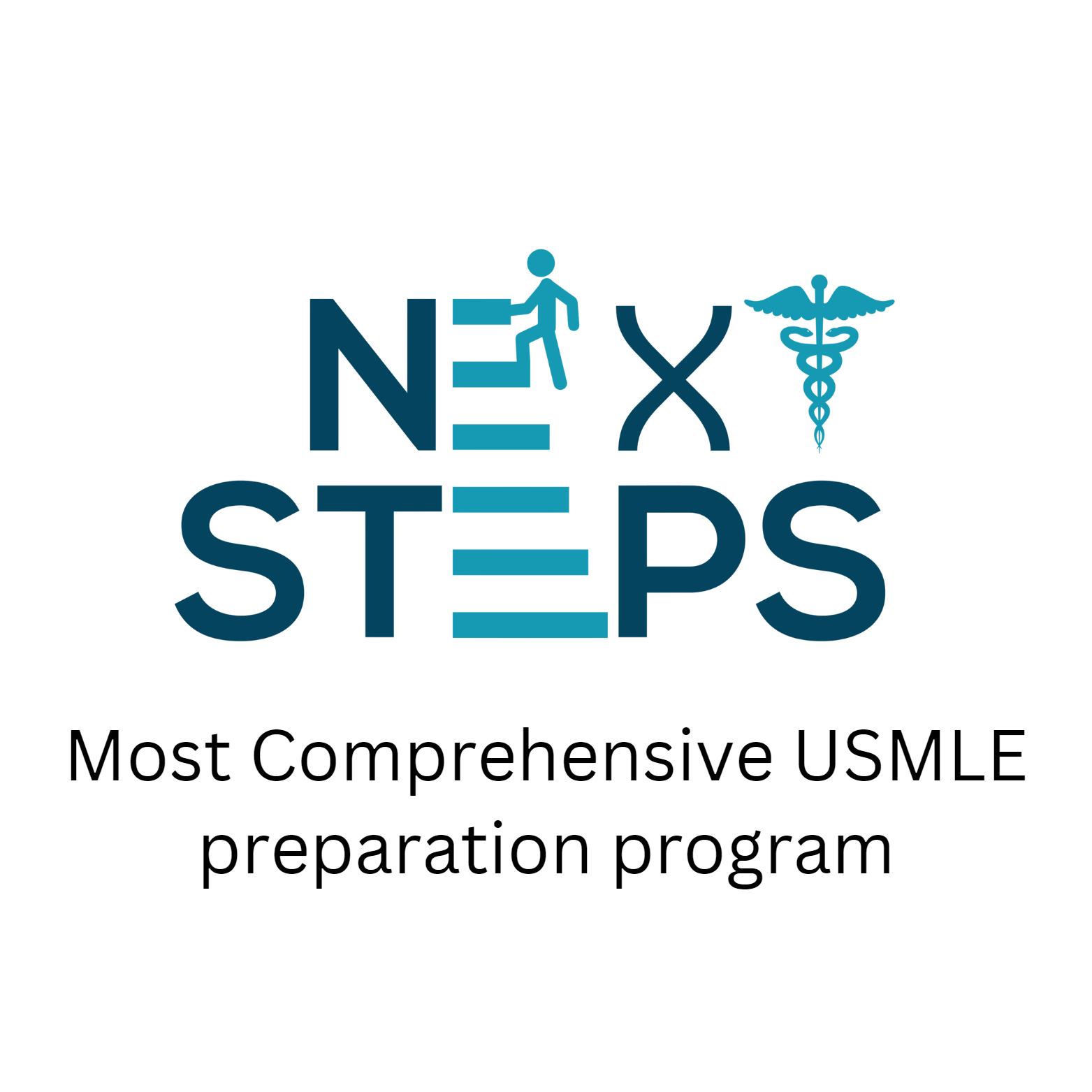The USMLE Step 1 is a critical and challenging examination that assesses a candidate’s understanding and ability to apply important concepts of the basic medical sciences to the practice of medicine. Here is a breakdown of the USMLE Step 1 preparation:
-
Eligibility and Registration:
Eligibility: Typically, students from allopathic and osteopathic medical schools in the United States, as well as international medical graduates, are eligible to take Step 1.
Registration: Candidates need to register for the exam through the NBME (National Board of Medical Examiners) website. The registration process involves selecting a test date and location. -
Exam Format:
Content: Step 1 assesses the examinee’s knowledge of basic science disciplines, including anatomy, biochemistry, pathology, pharmacology, physiology, and more.
Question Format: The exam consists of multiple-choice questions (MCQs) presented in blocks, each lasting 60 minutes. There are typically seven blocks in total. -
Preparation:
Study Resources: Candidates use a variety of study resources, including textbooks, review courses, practice exams, and question banks. Popular resources include UWorld, First Aid for the USMLE Step 1, and Pathoma.
Study Period: Most students dedicate several weeks or months to prepare for Step 1. The study period varies depending on individual study habits and learning styles. -
Test Day:
Check-in: On the day of the exam, candidates are required to arrive early for check-in. This includes identity verification and adherence to testing center policies.
Exam Structure: The exam is taken on a computer at a Prometric Test Center. Each block is timed, and breaks are allowed between blocks. -
Scoring:
Scoring System: Scores for Step 1 range from 1 to 300. The passing score is determined by the USMLE Composite Committee.
Score Reporting: Scores are usually released around three to four weeks after the exam. Candidates receive a three-digit score and a two-digit score. -
Importance for Residency Matching:
Residency Applications: Step 1 scores play a crucial role in residency applications. Many residency programs use Step 1 scores as a screening tool to select candidates for interviews.
Competitive Specialties: In highly competitive specialties, a high Step 1 score can significantly enhance a candidate’s chances of securing a residency position. -
Post-Exam Period:
Planning for Step 2: After completing Step 1, many candidates start preparing for USMLE Step 2, which assesses clinical knowledge and skills.
Reflection and Improvement: Some candidates use the post-exam period to reflect on their performance and make adjustments to their study strategies for future steps or exams.
In summary, USMLE Step 1 is a pivotal milestone in a medical student’s journey, requiring thorough preparation and dedication. Success in Step 1 opens doors to various residency opportunities and sets the foundation for a successful medical career.




